Discover 8 hidden attractions, cool sights, and unusual things to do in Colonsay (United Kingdom). Don't miss out on these must-see attractions: St Cathan's Chapel, Colonsay House, and Kiloran Beach. Also, be sure to include Dùn Eibhinn in your itinerary.
Below, you can find the list of the most amazing places you should visit in Colonsay (Scotland).
Table of Contents
St Cathan's Chapel

St Cathan's Chapel is a ruined chapel on the island of Colonsay, Scotland in the Inner Hebrides. It was dedicated to Cathan, an obscure saint once venerated across the western Scottish islands. It is located at grid reference NR3629095026, in the settlement of Lower Kilchattan.
The ruins, which date to the pre-Reformation period, perhaps to the 14th century, stand within a walled graveyard which is still used. The structure was built on the site of an even earlier chapel, no trace of which survives. A holy well, known as Tobar Chatten (English: Well of Cathan), is located nearby at grid reference NR364948. An object thought to be the chapel's holy water font was found and moved to Scalasaig, where it is now used as a baptismal font in the local parish church.[1]
Colonsay House
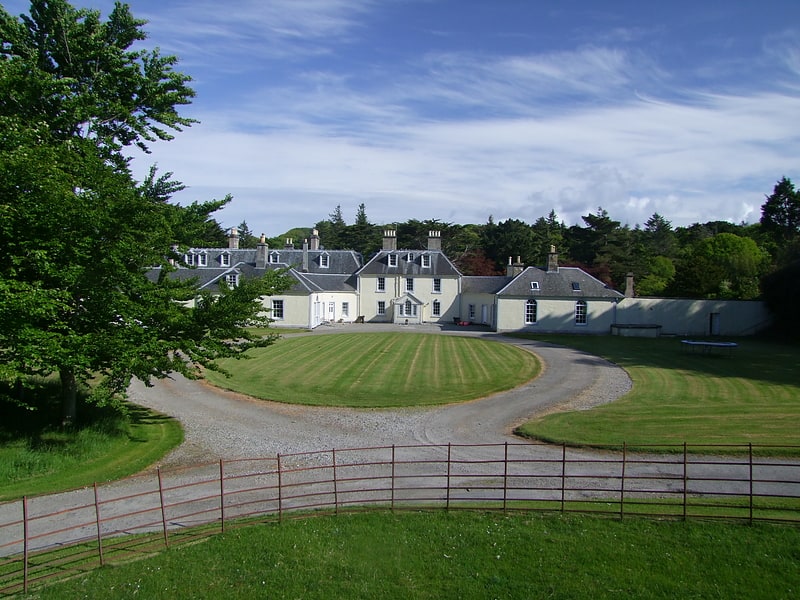
Building in Scotland. Colonsay House is a Georgian country house on the island of Colonsay, in the Scottish Inner Hebrides. It is a Category B listed building, and is now in the ownership of the Barons Strathcona. The gardens are open to the public, and are listed on the Inventory of Gardens and Designed Landscapes in Scotland, the national listing of historic gardens.[2]
Kiloran Beach
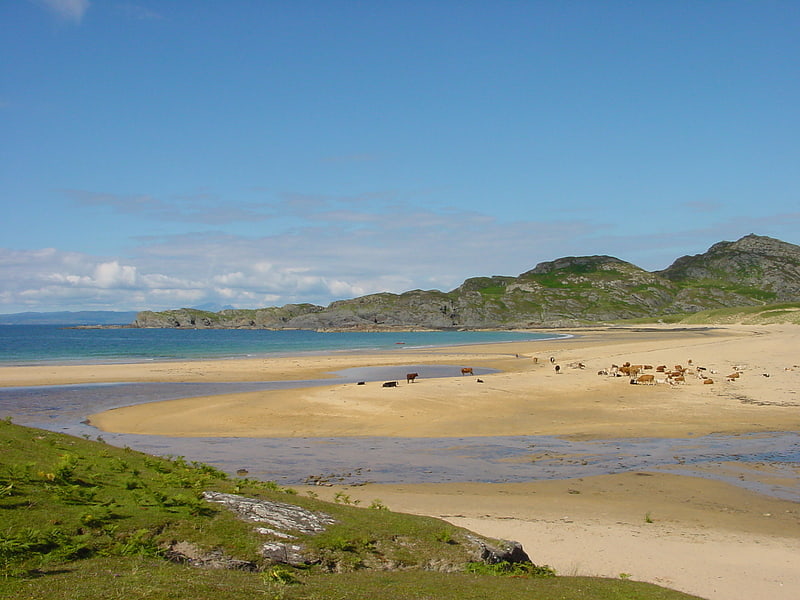
Beach
Dùn Eibhinn
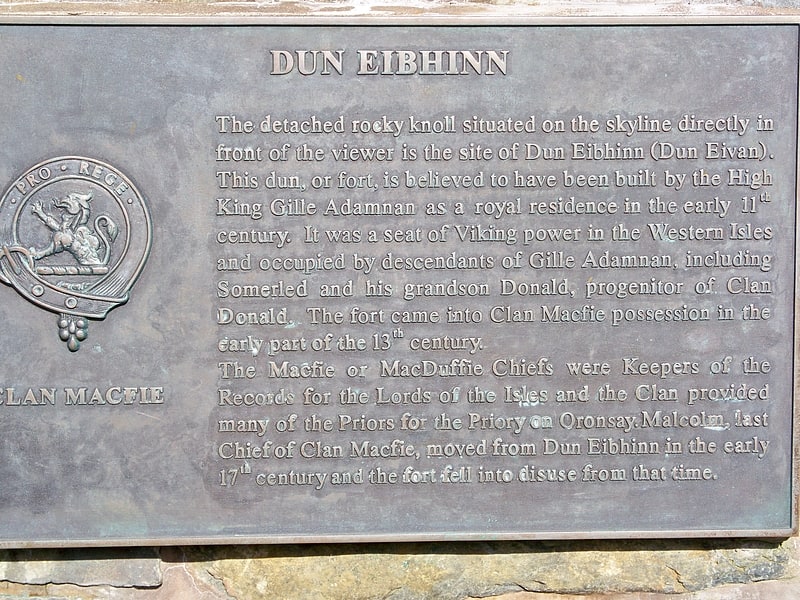
Dùn Eibhinn, also known as Dun Evan, Dun Eivan or Fort of Eyvind, is a hillfort located on the Inner Hebridean island of Colonsay, Scotland. The site is located at grid reference NR38209437.
Believed to have been built as a royal residence in the early 11th century, it was a seat of Viking power in the Hebrides. The fort came into Clan Macfie possession in the early part of the 13th century. In 1623 after Malcolm Macfie of Colonsay, Chief of Clan Macfie was killed in a feud by Coll Mac Gillespick MacDonald, the fort was abandoned and became ruinous.[3]
Loch an Sgoltaire
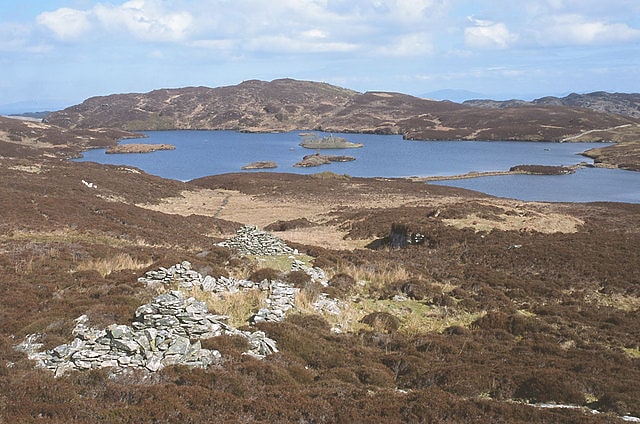
Reservoir in Scotland. Loch an Sgoltaire is an impounding reservoir located on the Inner Hebridean island of Colonsay, Scotland. It is located at grid reference NR386972, northwest of Kiloran and is the main source of fresh water for the island. The concrete dam was constructed in 1982 and is 3.1 metres high.
On one of the islands in the loch is a ruined castle similar to Loch Gorm Castle, Islay.[4]
Riasg Buidhe Cross
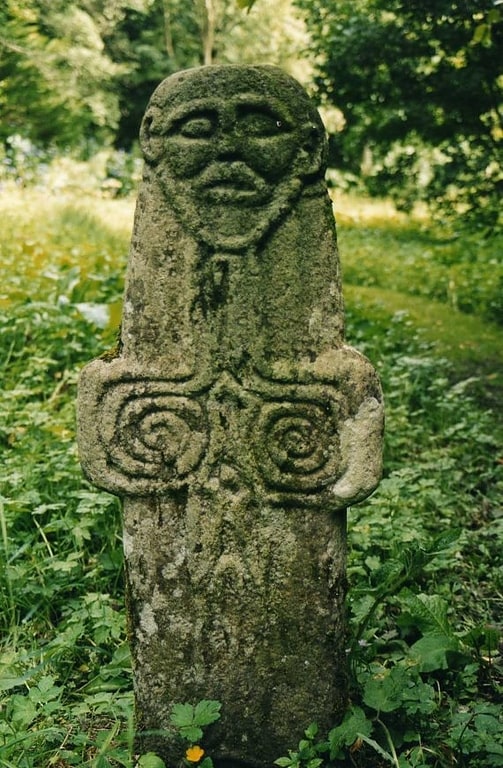
The Riasg Buidhe Cross is a cross standing in the gardens of Colonsay House on the Inner Hebridean island of Colonsay, Scotland. It takes its name from the now abandoned and ruined village of Riasg Buidhe, about 1+1⁄2 miles southeast of Colonsay House, where it was found in the nineteenth century.[5]
Loch Fada
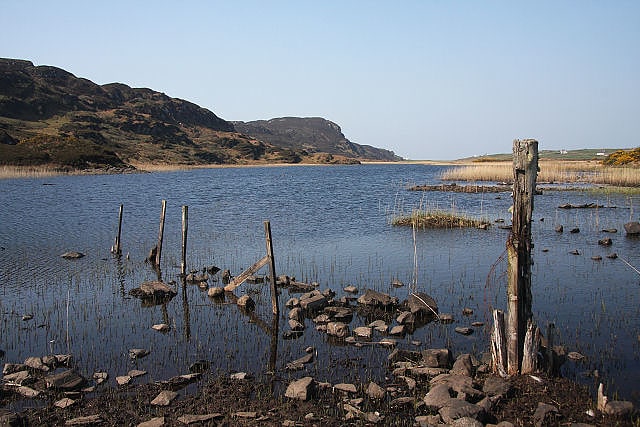
Loch in Scotland. Loch Fada is a loch located on the Inner Hebridean island of Colonsay, Scotland. It extends between Kiloran and Lower Kilchattan approximately 3 km and is the largest loch on Colonsay. It is located at grid reference NR385955
The loch consists of a string of three lochs and is a Designated Special Area of Conservation (SAC).[6]
Colonsay Group

Group. The Colonsay Group is an estimated 5,000 m thick sequence of mildly metamorphosed Neoproterozoic sedimentary rocks that outcrop on the islands of Colonsay, Islay and Oronsay and the surrounding seabed. They have been correlated with the Grampian Group, the oldest part of the Dalradian Supergroup.[7]